Transport infrastructure: Connecting the world
19 June 2020

The construction of transport infrastructure has, like the rest of the construction industry – and indeed most of the world – been impacted by Covid-19. As transport infrastructure is essential, the majority of large-scale projects have carried on, with contractors imposing new health and safety measures.
In large parts of the world some small degree of normality is returning. However, until there is a vaccine or the numbers of those infected drops considerably, how work is carried out on such projects will be different from what we saw in the past. It is also possible that, even when Covid-19 is in the past, transport infrastructure will still be altered, as the world is now more aware of the threat of such diseases.
Indeed, Andrew Gibson, Jacobs Global Solutions, director, aviation, believes that the change may be long term. He comments that, “As we look to the future of transportation, we see a new and essential connection between transportation experts who develop, design, construct, operate and maintain transportation systems and public health experts who understand how to protect the population from the current or similar bio threats.
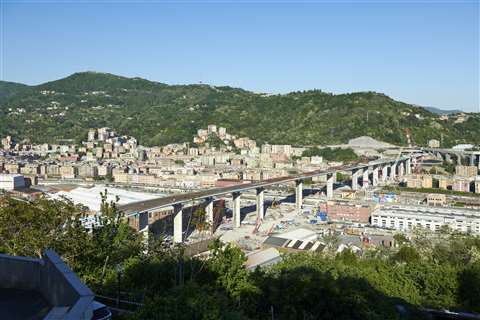
“At Jacobs, our health systems/public health and transportation teams are collaborating with our clients to reinvent how we will safely transport people and goods locally, regionally, and globally in a post Covid-19 world. A one-size solution does not fit all challenges, from mode of transportation to level of travel demand to geography, so we’re developing specific solutions.”
This could mean new passenger screening being integrated into the design of new facilities and the increased use of technology to limit person-to-person contact wherever possible.
Of all the many large-scale infrastructure projects ongoing around the world, a significant proportion are related to transport infrastructure.
Before the impact of Covid-19 the global construction pipeline just for railway projects was estimated to be worth US$5.7 trillion, with – geographically speaking – the biggest concentration of projects occurring in the Asia-Pacific region.
According to information from analytics company GlobalData, this region accounts for a pipeline valued at US$3.3 trillion. Europe’s project pipeline amounts to US$982.9 billion, ahead of the Americas with a value of US$764.8 billion and the Middle East and Africa with US$642.1 billion.

Assuming all projects tracked go ahead as planned (an increasingly large assumption), annual spending will reach US$735 billion in 2021 and then US$792 billion in 2022.
Danny Richards, lead economist at GlobalData, comments, “In terms of project values, the sector of metros, tubes and light rail systems account for the largest share at 43%, with a total value of US$2.46 trillion. This is ahead of high-speed railways, with a total value of US$1.51 trillion, and conventional commuter railways at US$1.18 trillion.”
Building bridges
One transport project where work carried on despite Covid-19 was the new Genoa bridge in Italy. In response to the pandemic, the construction site immediately adopted strict measures for the protection of everyone, such as measuring the body temperature of every worker entering the site, distributing hand sanitizers and installing disinfectant gel dispensers, enforcing the safe distance rule, cleaning and disinfecting work sites and common areas, and reducing the number of people who can travel in the same vehicle to and from the construction site.
In addition, all workers had protection masks whose use was compulsory when they were close to their colleagues.
The construction of the bridge, which is a joint venture between Salini Impregilo and Fincantieri, was completed 19 months after the tragic collapse of the previous Morandi bridge.
The final span, measuring 44m in length and weighing 900 tonnes, was raised by strand jacks installed at the tops of piers 11 and 12, at a speed of 8km per hour. The deck’s total length is 1,067m.
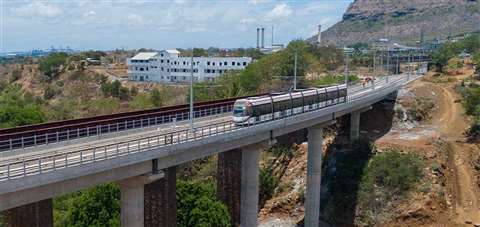
Salini’s chief executive, Pietro Salini, said, “We are fully aware that the Covid-19 pandemic has forced us to rethink completely how we behave. It is an emergency that has unequivocally left its mark, splitting life in two, between the one that we had before it and the one that we will have after it. In Genoa, we have shown that it is possible to work in safety thanks to the measures taken and the commitment of hundreds of people today on site.”
Staying on the theme of bridges, and three Doosan excavators spent three days demolishing and installing a new bridge in Germany. Beller GmbH & Co. KG had 72 hours to demolish and replace a dilapidated road bridge that ran over a busy railway line. Equipped with Doosan DX255LC-5, DX340LC-5 and DX380LC-5 excavators, the company won this race against time.
With the bridge over 100 years old, a future-proof solution could only be created by demolition and new construction. The schedule was tight; trains on the railway line could only be stopped for 72 hours. Over this time, it was necessary to create protection for the rail track bedding, tear down the bridge and restore the tracks to their original condition.
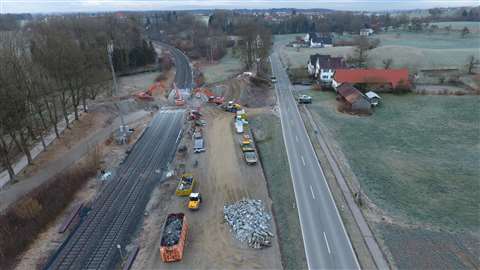
The operation was carried out in shifts and after the railway line was covered, a gravel bed was created by the excavators to protect it and the demolition was started.
With the help of several pulverizers, chisels and grabs, the excavators tackled the old foundations and the superstructure. The actual demolition was completed in a short time, with approximately 800 tonnes of concrete then removed and reused in Beller’s own reprocessing plants.
The spaces left by the foundations being demolished were filled in and compacted. This was important as the foundations go down to a depth of 2m below the rail tracks and, without this work, the stability of the rails could have been compromised.
One of the largest construction projects in Mauritius, Africa is the Mauritius Light Rapid Transit (LRT) Project, or the Metro Express. It is a priority transport infrastructure project and said to be the largest of its kind ever undertaken in Mauritius since independence. The construction of the project commenced in 2017 after the award of the four-year engineering, procurement and construction (EPC) contract to Aurecon.
In December 2019, the Government of Mauritius successfully opened seven stations for passenger service in the first of a two-stage operational schedule. When fully operational, the 26km line will extend from Curepipe to Port Louis and include 19 stations.
The vision of the Metro Express is to deliver a modern, alternative mode of public transport that supports the country’s developmental and economic growth strategy. Being the first light rail system in Mauritius, the project is a key developmental step for the country.
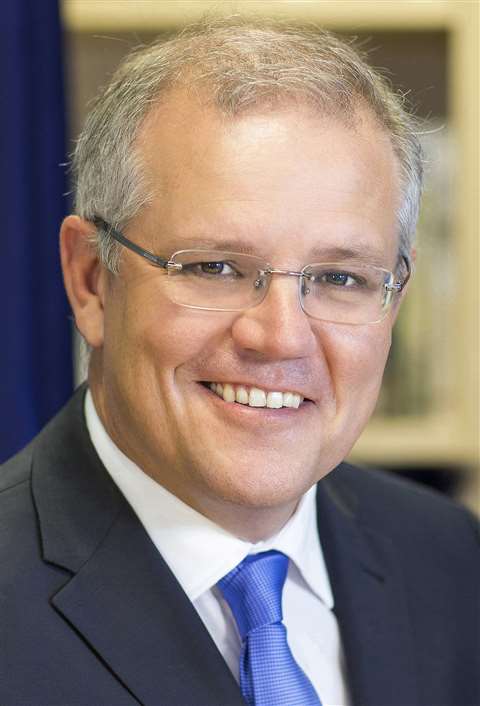
There were several challenges the light rail system was commissioned to address. These included a rapidly growing economy, increasingly unsustainable car ownership, and limited public transport options.
Aurecon’s team in Singapore has been involved in the development and implementation of the project from its initial inception in 2012. The team are working directly with the Government of Mauritius under a government-to-government arrangement with the Singapore Cooperation Enterprise and SMRT International.
Unsual results
Most construction projects are completed either over time, over budget or both. The A14 road project in Cambridge, England, is a happy exception; the improved road officially opened for traffic on 5th May, eight months ahead of the scheduled opening date.
Negotiating the supply of material and installation of such a major infrastructure project was a significant achievement for Aggregate Industries’ Asphalt and Contracting teams. In total, over 1.6 million square metres of road was constructed and surfaced, and 10km of non-motorised user pathways created.
This required more than 730,000 tonnes of asphalt to be manufactured at a purpose-built plant on site and laid, along with in excess of 550,000 tonnes of low-carbon cement bound granular mixture (CBGM), manufactured on a mobile cementitious mixing plant by SiteBatch.
These plants played a crucial role in minimising the carbon footprint of the scheme as deliveries were made on site, requiring less vehicle movements on the Strategic Road Network.
To satisfy stringent noise restrictions where the scheme passes through built-up areas, Aggregate Industries utilised its ultra-low noise asphalt, 10mm SuperThin. This reduces noise levels by 7.8db(A) when compared with traditional hot rolled asphalt.
Paddy Murphy, managing director of Contracting at Aggregate Industries, said, “The early opening of the A14 to traffic is a monumental achievement. It is testament to the collaboration of all teams involved that we have delivered the UK’s largest, most prestigious infrastructure project to date in such good time, whilst meeting the highest safety standards.
“We’re delighted that amongst the disruption caused by the coronavirus, we were able to continue to work safely by adopting stringent measures and sticking to social distancing guidelines.”
From one side of the world to the other, there’s news that construction will begin this year on a metro line linking the new Western Sydney airport and St Marys railway station in Australia, after a AUD$5.25 billion (US$3.6 billion) injection from the Federal Government.
Two new metro stations will also be built at Luddenham and Orchard Hills as part of the project, which is set to be completed by 2026 – the year the airport is slated to open. The Sydney Metro–Western Sydney Airport line has a price tag of about AUD$11 billion (US$7.6 billion).
Australian Prime Minister Scott Morrison commented that Western Sydney residents will reap the benefits of the investment well before the first train leaves the station. “Getting these big projects even more quickly is something we’ve been working on together, states and territories and the Commonwealth,” he said. “This is how Australia makes its way back out of the Covid-19 crisis, with infrastructure projects like this one.”
The project is expected to include a total of six metro stations, two of which will be within the airport’s boundaries. While the Government said construction would start this year, it has not yet given an exact date.
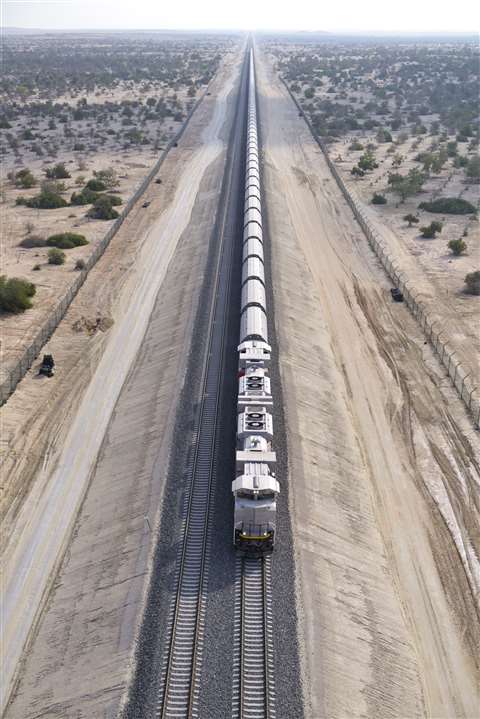
While all aspects of transport have suffered in light of Covid-19, none have been as badly affected as airports and airlines. There has recently been some rare good news for the sector, with the announcement that the government of Thailand has approved a US$9 billion plan by a consortium led by rail operator BTS Group to expand U-Tapao International Airport near Pattaya.
The deal will involve building a third terminal, as well as cargo and plane maintenance centres. BTS Group runs Bangkok’s Skytrain and metro systems. The consortium also includes Bangkok Airways and Sino-Thai Engineering & Construction.
U-Tapao is one of the projects being prioritised by Thailand as past of the Eastern Economic Corridor, a development zone running between the capital of Bangkok and Pattaya.
As well at the expanded airport, the corridor will have a US$7.2 billion, 220km rail link running between U-Tapao in the east and Don Muang in the west. It is reported that the work would be carried out as a public-private partnership contract.
After the upgrade the airpot is expected to have a passenger capacity of around 60 million.
Connecting the Middle East
International contractor Saipem is working on the ambitious Etihad Railway that aims to connect numerous counties.
The Etihad Rail Project is part of the planned Gulf Cooperation Council (GCC) Railway Network, running along the future railway interoperability corridor linking UAE, Oman, Saudi Arabia, Qatar, Bahrain and Kuwait.
Stage one of the UAE network is the 264km Shah-Habshan-Ruwais freight railway, including a huge rail depot, used to transport about seven million tonnes a year of granulated sulphur from the gas plants in the Abu Dhabi desert to the port of Ruwais.
Saipem delivered stage one of the project facing many challenges, such as: a harsh environment, tight schedule, and huge interfaces with more than 40 stakeholders into a Design & Build FIDIC (International Federation of Consulting Engineers) Silver Book contract.
The Railway has been designed to pass through the desert of Abu Dhabi with dunes up to 300m high, leading to huge earthworks of around 90 million m3, to be constructed in a very hot and humid environment. The schedule is only 34 months, including system integration, testing and commissioning.
The project has a large number of existing crossings which had to be resolved before the track-laying activity. These included two railway bridges crossing highways in UAE, 16 over bridges related to roads overcrossing the railway and 231 underpasses and minor structures related to roads and minor utilities.
Rapid growth for African transport
Investment in roads, bridges and railway to rise to US$69 billion
Investment in transport (road, bridges and railway) construction in Africa is set for rapid growth from US$47 billion in 2019 to US$69 billion in 2020, according to data and analytics company GlobalData.
The company’s latest report, African Transport Networks, reveals that growth in transport construction in Africa is being driven by increasing investment in

railway projects.
Spending will be led by Nigeria, Kenya and Egypt where transport investment will increase from US$7.6 billion, US$9.5 billion and US$5.6 billion, respectively, in 2019 to US$9.8 billion, US$8.5 billion and US$7.5 billion in 2020.
GlobalData is currently tracking 448 large-scale transport projects across Africa worth approximately $430 billion in both the public and private sectors at all stages from announcement to execution.
When completed in their entirety, the tracked projects will total over 110,000km in length (54,110km for roads, 55,345km for railway and 599km for bridges) of which 75,297km will be newly constructed, 29,197km will be upgraded and 5,561km will have an element of both construction and upgrade.
Yasmine Ghozzi, economist at GlobalData, said, “Africa’s lack of infrastructure is a serious obstacle to growth and development, resulting in a low level of intra-African trade and trade with other regions. The continent accounts for 12% of the world population, but generates a mere 1% of global GDP and only 2% of world trade.
“Over the longer term, Africa has huge potential for growth. There is a clear appetite in the region to improve and expand trade, and a realization that to do so requires industrial integration and infrastructure development.”
Investment rates in transport infrastructure have been increasing, thanks to major continental initiatives such as the Program for Infrastructure Development in Africa (PIDA). This is a strategic continental initiative for mobilising resources across African countries to transform Africa through the development of modern infrastructure.
Transport post Covid-19
Elad Eisenstein, cities and regeneration director, Ramboll

Urban infrastructure systems are under pressure to adjust to a ‘new normal’ during our effort to safely and responsibly restore human connectivity as we ease lockdown measures.
The UK government have already taken steps to recognise the wider transport infrastructure challenges we will face in a post-Covid world, pledging a £2billion (US$2.5 billion) investment in cycling and walking. As we begin our recovery, micro-mobility initiatives could offer the safest, healthiest and most efficient way to move around.
Ramboll’s global green paper, Achieving Sustainable Micro-Mobility, explores the potential of micro-mobility to transform urban living. As part of a six-month pilot programme for the city of Hoboken, New Jersey, US, the Ramboll Smart Mobility team explored how urban and city planners can better integrate new transport networks of electric bikes, scooters and walkways into their drive to improve health and sustainability outcomes in towns and cities.
Micro-mobility transport initiatives could prove effective for densely packed urban areas in a post-Covid world where there will be an emphasis on planning for transport infrastructure at a local level. With remote working likely to remain widespread for some time, we will have to reconsider our commutes and explore the wider transport challenges beyond city centres.
Milan, Bogota, Vancouver, Auckland and London, have moved quickly to transform road space into cycling and walking infrastructure. The transport infrastructure challenges that have been sharply thrown into focus by Covid-19 also present an opportunity to deliver on sustainability and health goals. This will prove crucial for transport decarbonisation targets and the wider net-zero agenda.
Micro-mobility transport solutions will play a critical part in supporting the recovery of our cities and human connectivity post-Covid-19, and provide long-term blueprints for the future of sustainable, healthy urban living.
